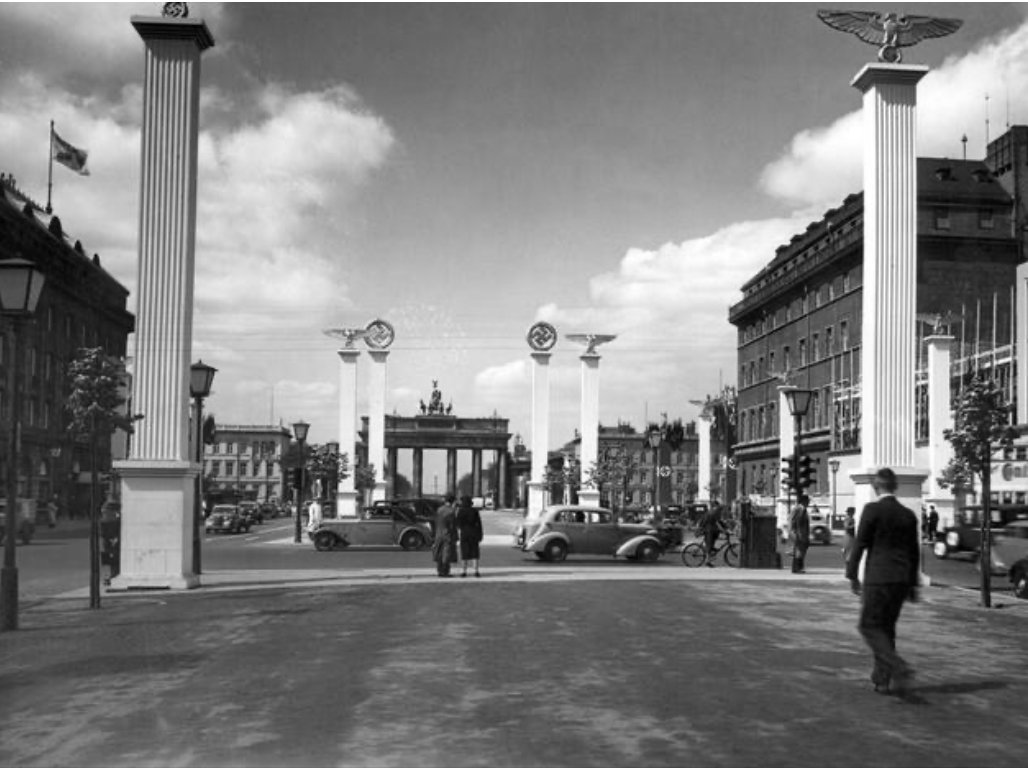
CAMERA:
I have always been a fan of the camera as an observer as though it’s another person in the scene watching and listening; thus breathing life into the pictures. I am a huge fan of expanse and silence. I love sparse and rhythmic tension. I also think the use of tight close-ups of character, their POV’s, and objects in environments - jump cutting into a sort of cinematic pentameter is fascinating and beautiful. This is in fact how we see and think. Quoting Łukasz Źal, “making equal use of environment as well as characters, situates narrative within reality, which like our own is contingent and unpredictable capturing spontaneous truth”. That’s when the magic happens; after extensive and meticulous prep of course. Intercutting between two locations that are part of the same scene narrative if done properly has often proven effective. Mostly, I want to be on the ride, holding on for dear life. While Orson Welles is chased through the post war ruins of Vienna in the ‘The Third Man’, you can almost smell the wet streets and sewers of Vienna. When Tom Ripley has to hide the boat or gets interrogated by inspector Ravini you think that maybe you are going to get arrested in your living room. When Paul is trapped in a mud hole with a French enemy soldier, you ask your self what else you could possibly do. All of this emotion was captured through the power of the lens.